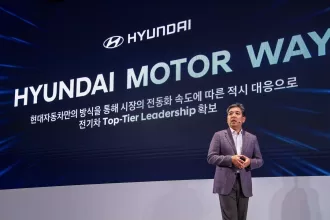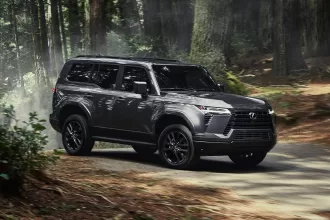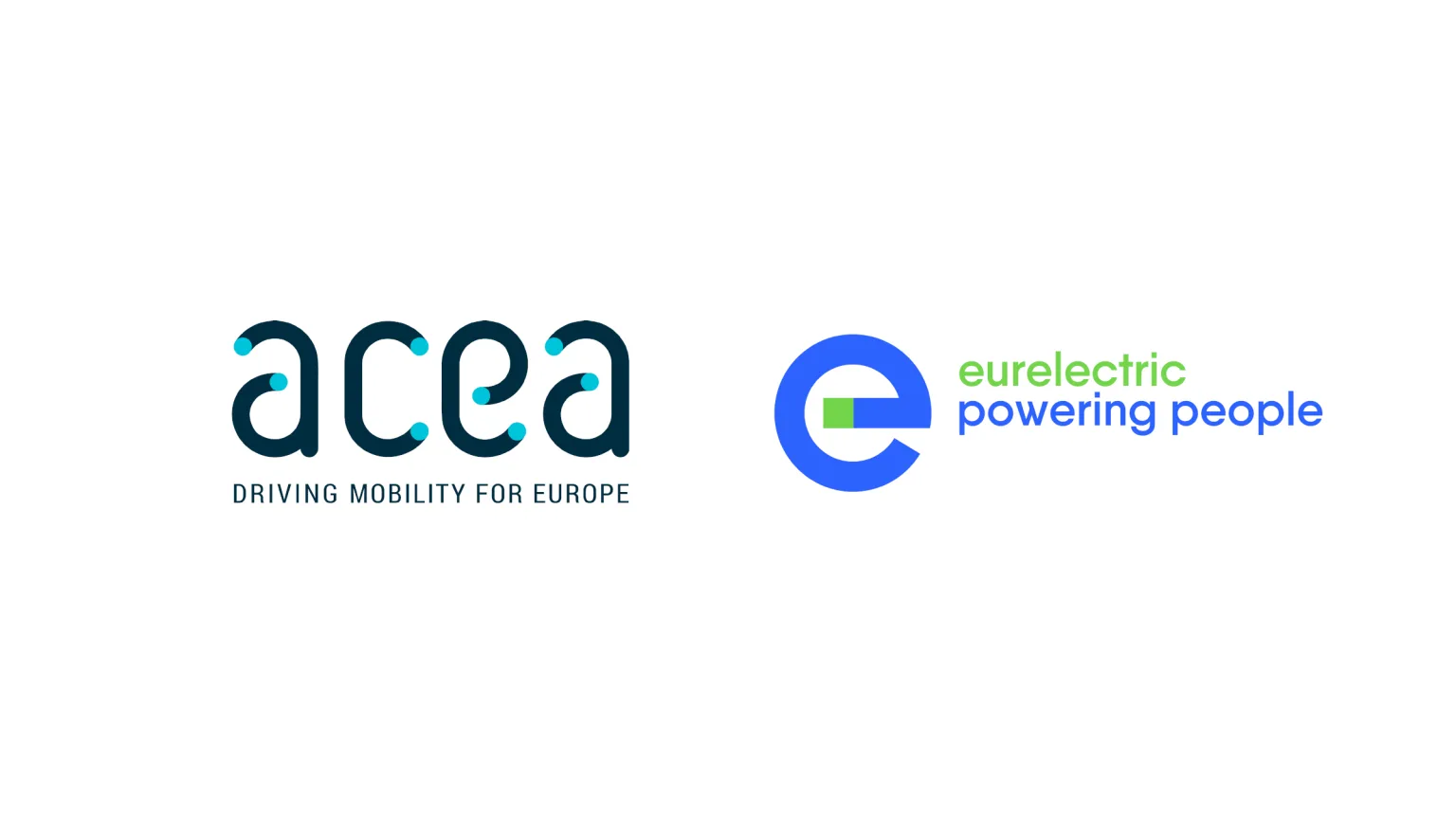As Europe accelerates its shift to climate-neutral road transport, the European Automobile Manufacturers’ Association (ACEA) and Eurelectric jointly urge policymakers to prioritise grid readiness for heavy-duty vehicle (HDV) charging infrastructure.
The CO2 reduction targets for HDVs require a major ramp-up of zero-emission trucks and buses by 2030, with up to one-third of new registrations to be zero-emission vehicles (ZEVs). Yet the deployment of charging infrastructure suitable for heavy-duty vehicles, particularly along TEN-T corridors and in key urban and depot locations, is being held back by grid constraints, lengthy permitting procedures and regulatory bottlenecks.
In a new joint paper, ACEA and Eurelectric underline the critical role of Distribution System Operators (DSOs) and call for an anticipatory, demand-oriented approach to grid investments. “A fit-for-purpose charging network for heavy-duty vehicles is essential to decarbonise road transport. But without a future-ready grid, this transition simply will not happen,” said ACEA Chief Commercial Vehicles Officer, Thomas Fabian. “We need the enabling conditions to be put in place to ensure an effective, efficient transition to zero-emission road transport across our continent.”
The paper outlines several key policy recommendations, including enhanced transparency through harmonised grid capacity maps, streamlined permitting processes, anticipatory investments, and flexible connection models. It also emphasizes the need to enable megawatt charging (MCS) and to ensure electricity pricing supports the competitiveness of zero-emission trucks and buses.
ACEA and Eurelectric urge EU institutions and Member States to deliver the necessary backbone for Europe’s decarbonised road transport future.















